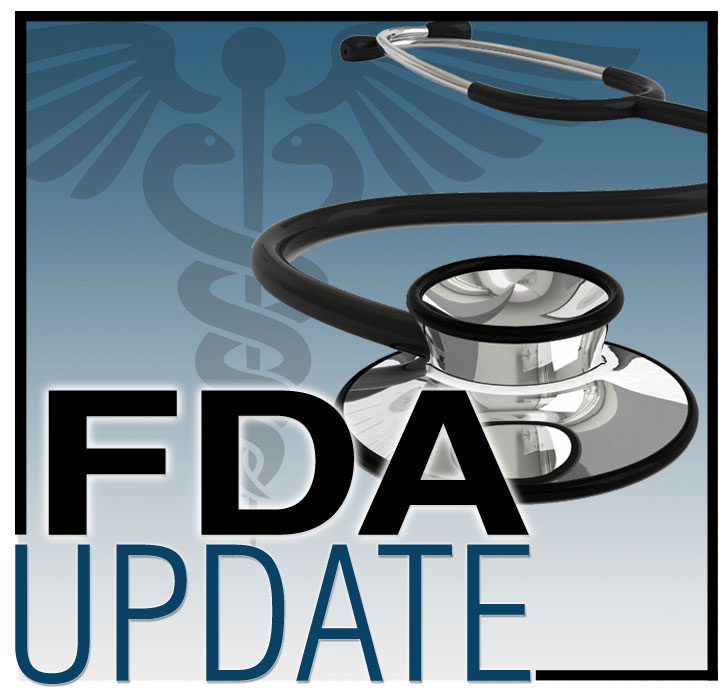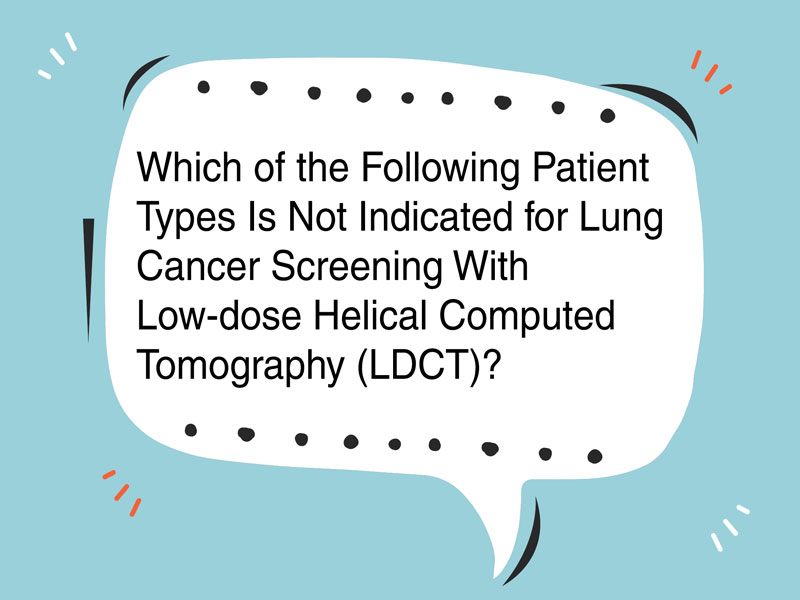The Case of the CTCAE Assessment for CDK4/6 Adverse Events

Mrs. Jones is a 66-year-old postmenopausal woman who developed left breast pain and a palpable mass. A mammogram and ultrasound showed a 4.6 cm mass with an enlarged axillary node. A core biopsy revealed invasive ductal carcinoma that is estrogen receptor positive, progesterone receptor positive, and HER2 negative. Positron-emission tomography and computed tomography scans revealed metastatic disease.
How Oncology Nurses Can Support Childhood Cancer Survivors

More than 13,000 children are diagnosed with cancer every year in the United States. Because treatment options continue to improve, more than 80% of those children will survive at least five years after their diagnosis.
Oncology Nursing Certification Is a Valuable Step on the Road to Leadership

I still remember what it felt like to sign my name in the chart for the first time after passing the OCN®—and later the AOCN®—examination: excitement, accomplishment, relief, and pride. I knew that the credential didn’t automatically make me a smarter or better clinician, but it did validate the knowledge and skills that I had been working so hard to achieve over my years of practice as an oncology nurse.
- Read more about Oncology Nursing Certification Is a Valuable Step on the Road to Leadership
- Add new comment
FDA Approves Bevacizumab in Combination With Chemotherapy for Ovarian Cancer

- Read more about FDA Approves Bevacizumab in Combination With Chemotherapy for Ovarian Cancer
- Add new comment
Which of the Following Patient Types Is Not Indicated for Lung Cancer Screening With Low-Dose Helical Computed Tomography?

Which of the Following Patient Types Is Not Indicated for Lung Cancer Screening With Low-dose Helical Computed Tomography?
A. Is a current or former smoker
B. Is 55–74 years old
C. Has a 10–20 pack-year history
D. Has a 30 pack-year history but no signs or symptoms of lung cancer
- Read more about Which of the Following Patient Types Is Not Indicated for Lung Cancer Screening With Low-Dose Helical Computed Tomography?
- Add new comment
APRNs Can Help Address Global Financial Toxicity

Advancements in oncology, such as new diagnostic tools and novel therapies, have improved overall survival rates but have come at a high cost. In 2011, targeted therapies accounted for 63% of all chemotherapy expenditures. A novel cancer drug routinely costs each patient more than $100,000 per year; annual spending on cancer drugs is globally estimated around $100 billion U.S. dollars and is predicted to rise to $150 billion by 2020.
FDA Approves Pembrolizumab for Treatment of Relapsed or Refractory PMBCL

- Read more about FDA Approves Pembrolizumab for Treatment of Relapsed or Refractory PMBCL
- Add new comment
Skin Bacteria May Protect Against Melanoma

A strain of Staphylococcus epidermis that’s common on healthy human skin may be protective against some types of skin cancer, according to findings from a study published in Science Advances.
FDA Approves Mircera for Anemia Associated With Chronic Kidney Disease in Pediatric Patients on Dialysis

On June 7, 2018, the U.S. Food and Drug Administration approved methoxy polyethylene glycol-epoetin beta (Mircera®, Vifor Pharma Inc.) for the treatment of pediatric patients aged 5–17 years on hemodialysis who are converting from another erythropoiesis-stimulating agent (ESA) after their hemoglobin level was stabilized with an ESA.
- Read more about FDA Approves Mircera for Anemia Associated With Chronic Kidney Disease in Pediatric Patients on Dialysis
- Add new comment
Animal Therapy Has Benefits for Patients—and Healthcare Staff

Animal-facilitated therapy (AFT) programs have been shown to promote a healing environment and reduce certain psychological symptoms for patients with a variety of diagnoses, including cancer. Its use was even recommended by the founder of modern nursing, Florence Nightingale, who wrote about the benefits of animals in patient care and recovery: “a pet is often an excellent companion for the sick, for long chronic cases especially.”





